 The Christmas I was nine years old my favorite gift was a book from my parents. My mom had not heard of the book previously nor the author, but thought it looked interesting on the “New Children’s Releases” table at Barnes and Noble and knew I would, like all books, devour it quickly.
The Christmas I was nine years old my favorite gift was a book from my parents. My mom had not heard of the book previously nor the author, but thought it looked interesting on the “New Children’s Releases” table at Barnes and Noble and knew I would, like all books, devour it quickly.
The book was Harry Potter and the Sorcerer’s Stone.
Suffice it to say, my mom had hit the nail on the head and I had secured the bragging rights that I was a Harry Potter fan long before he frequented the New York Times Bestseller list.
In an age of increasing technology interest and reliance, the excitement over J.K. Rowling’s Harry Potter showed that books are not outdated in this age of hand held gadgets and the Internet. Children (and adults for that matter) could escape to a world where magic was the norm and there was mischief around every corner.
Reading today is just as important as in years past, if not more so. While society is becoming increasingly focused on imagery, on pictures and on video to reinforce concepts and to entertain, reading still enables us to broaden our creativity by stimulating our imagination, pushing us to create our own images in our minds and to put our own spin on the world we are immersed in. Books allow children to gain confidence in their knowledge and broaden their interests to topics they might otherwise be unaware of. A child unmotivated by the school day and uninterested in school curriculum could have their interest in animals sparked by Wilbur in E.B. White’s Charlotte’s Web, or their passion for social justice ignited by Harper Lee’s To Kill A Mockingbird, creating a love of learning that might have otherwise not been realized.
Mary Ann Schwalbe, in Will Schwalbe’s memoir The End of Your Life Book Club, states, “That’s one thing books do. They help us talk. But they also give us something we can talk about when we don’t want to talk about ourselves.” For parents, sharing books with children allows not only for bonding time, but can also assist with tough topics when a parent’s own words are lost. Sebastian Loth’s Remembering Crystal deals with the issue of explaining death to a child, while Arthur author Marc Brown depicts a child-friendly guide to divorce in Dinosaurs Divorce: A Guide for Changing Families. Both children and parents may be put more at ease while discussing tough issues in the context of the problem of a novel’s character, even though the issue being discussed may be one that the child or family is going through.
While I am a fan of a countless number of books, the one at the top of my list is From the Mixed Up Files of Mrs. Basil E. Frankweiler by E.L. Konigsburg. A Newbery Award winner that was first published in 1967, From the Mixed Up Files tells the story of Claudia and Jamie Kincaid, children who run away from their suburban Connecticut home and take up residence in the Metropolitan Museum of Art. An original “Night at the Museum,” the book tells of Claudia and Jamie’s adventure of outsmarting museum guards, researching timeless pieces of art and even befriending mysterious art collector Mr. Basil E. Frankweiler. Konigsburg’s book not only intrigued me as a child, but it added to my love of museums and also influenced my career path!
The lessons learned from books are endless. A first library card can boost a child’s self-esteem as they have something with their name on it that opens the door to countless opportunities. Taking out a library book teaches a child the responsibility of borrowing and maintaining something that is not theirs, and that must be returned in a certain timeframe in the same condition. And the search for a new book at the library is an exercise both in language development and categorization, as well as an opportunity for a child to get in touch with what his interests are…and sometimes, they might even surprise themselves by discovering something new.
In the age of the tweet and the text don’t count out books yet – they still have much to say.

